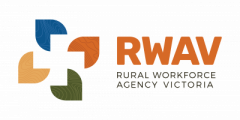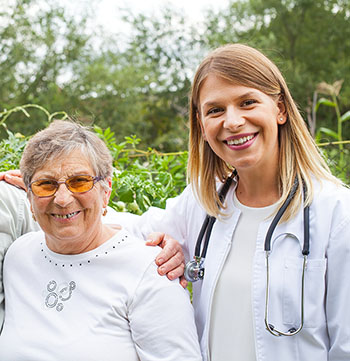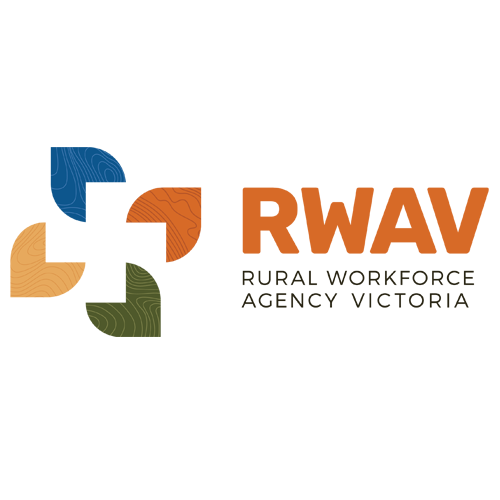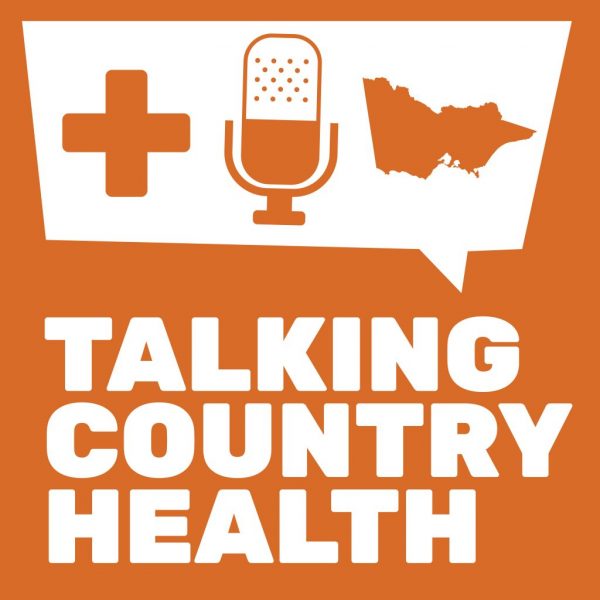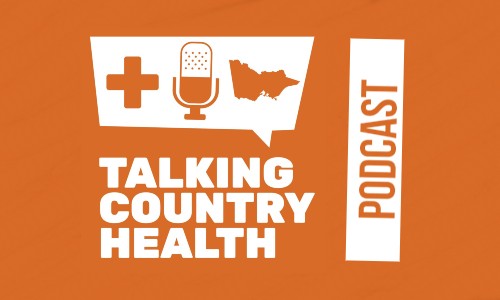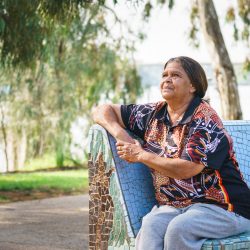 A national survey of indigenous eye health in 2016 indicated that the rate of vision impairment and blindness among indigenous populations is three times higher than that for non-indigenous populations. It is also significant that around 22 per cent of Victorian Indigenous population has an annual Indigenous Health Check under MBS 715, usually at GP clinics which includes an eye check. This makes GP clinics an important partner in assisting to address the imbalance in eye health.
A national survey of indigenous eye health in 2016 indicated that the rate of vision impairment and blindness among indigenous populations is three times higher than that for non-indigenous populations. It is also significant that around 22 per cent of Victorian Indigenous population has an annual Indigenous Health Check under MBS 715, usually at GP clinics which includes an eye check. This makes GP clinics an important partner in assisting to address the imbalance in eye health.
RWAV is working in collaboration with Murray, Gippsland and Western Victoria Primary Health Networks to incorporate general and specific Indigenous eye health information into their online Health Information resources. These online resources will accessed by GPs and other health professionals to better diagnose eye conditions. The PHN’s clinical working groups represented by local optometrists, GPs, ophthalmologists, RWAV and the PHNs are developing these resources to include children’s eye conditions, diabetic retinopathy, macular degeneration, glaucoma and refractive error.
We have been able to collaborate in developing clear referral pathways for eye care services at regional level for Indigenous and non-indigenous patients. Referral pathways identified are Aboriginal health services, public and private hospitals, ophthalmologists and optometrists registered under the commonwealth government’s Visiting Optometrists Scheme, or the Victorian government’s Victorian Eyecare Scheme and the Victorian Aboriginal Spectacle Subsidy Scheme.
Indigenous eye health is an important component in ‘Closing the Indigenous Health Gap’ and we are committed to improving outcomes in all eye health programs administered by RWAV.
